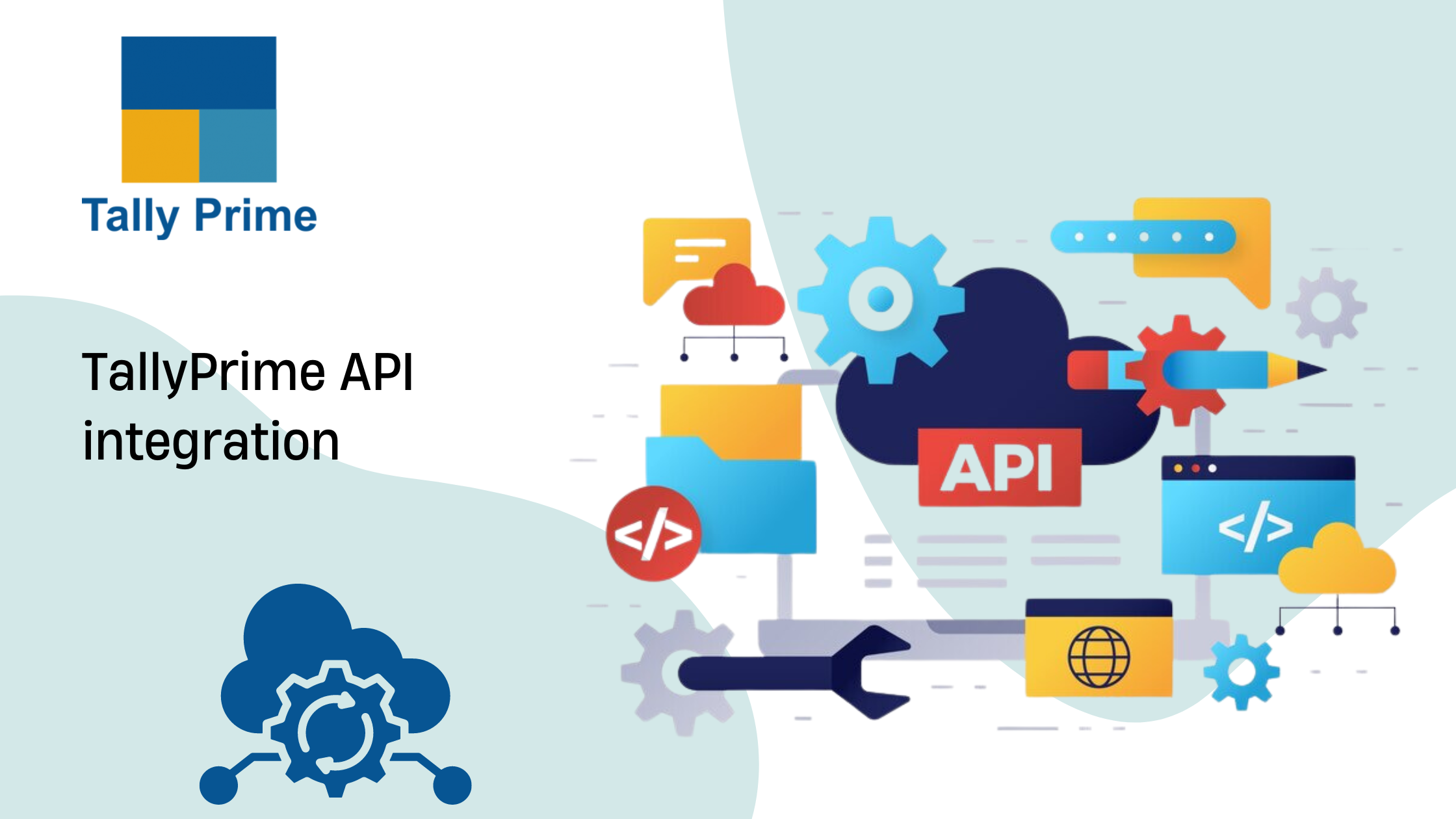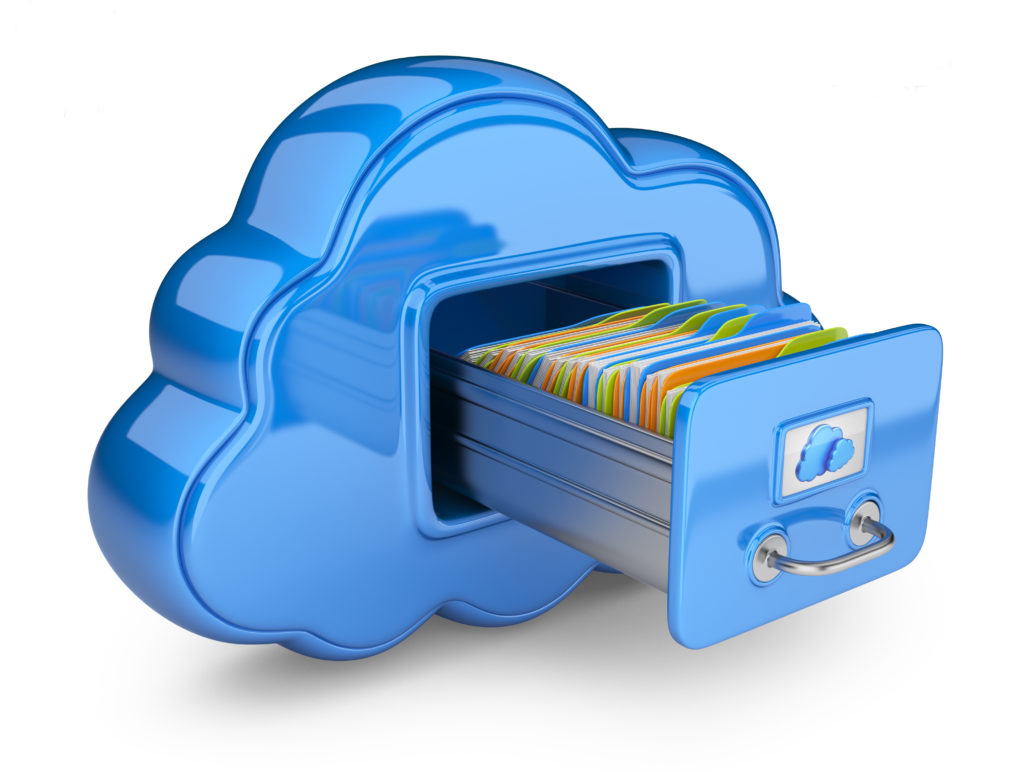I. Introduction
Tally is a popular accounting program that helps companies with difficult financial management duties. Tally, which is well-known for its extensive functionality and user-friendly interface, makes accounting tasks like payroll, inventory management, invoicing, and compliance easier. It is crucial for improving financial transparency, efficiency, and accuracy for companies of all kinds.
Robust real-time data interchange capabilities are provided by the Tally API, which facilitates a smooth interaction with Tally ERP. It facilitates data synchronization with other business systems, automates reporting, and provides CRUD actions on financial information. This API links Tally with a variety of apps to improve accuracy, expedite workflows, and increase operational efficiency.
Streamlining data flow, doing away with manual data entry, and lowering mistakes are all achieved by integrating Tally with other business systems. This integration increases productivity, operational efficiency, and decision-making by supplying unified, real-time data. Accurate financial management is ensured by seamless integration, which also improves overall business performance and makes better strategic planning possible.
II. Benefits of Integrating Tally API with Other Business Systems
Automated information transfer is ensured by streamlined data flow between systems, which lowers errors and human data entry. Because data is continuously updated and easily accessible across all platforms, this integration improves operational efficiency and promotes more efficient business procedures and decision-making. Additionally, it increases data accuracy and reduces redundancies.
By automating data transfers and reducing human error that often occurs with manual entry, integrating Tally API with other business systems improves accuracy. This automation minimizes disparities and saves time by ensuring uniform, trustworthy data across platforms. Additionally, it frees up staff members' attention for higher-value work rather than tedious data entry.
A comprehensive picture of operations is provided by integrating Tally API with other business systems, which integrates data from many sources. This extensive data landscape improves forecasting, strategic planning, and overall business intelligence, leading to improved results and a competitive edge. It also facilitates more precise, timely, and informed decision-making.
Integrating Tally API with other business systems streamlines workflows by automating data transfers and reducing manual input. This minimizes errors and frees up employees to focus on strategic tasks. The seamless data flow ensures timely and accurate information, enhancing decision-making and overall productivity, ultimately driving operational efficiency and business growth.
III. Popular Business Systems to Integrate with Tally
Software programs called customer relationship management (CRM) systems are made to assist companies in keeping track of their contacts with both present and future clients. They automate marketing procedures, measure sales, centralize customer data, and streamline customer service. CRM systems help companies cultivate and preserve long-lasting relationships with their clients, which promotes expansion and consumer loyalty.
Systems for enterprise resource planning, or ERPs, combine several key corporate operations into one cohesive system, including manufacturing, HR, finance, and inventories. They facilitate better decision-making through streamlining processes, enhancing teamwork, and offering real-time insights. The smooth exchange of data made possible by the integration of Tally API with ERP systems improves the productivity and general efficiency of the company.
IV. Prerequisites for Integration
Gaining a basic understanding of Tally's application programming interface, including its endpoints and data types, is necessary to comprehend authentication and the basics of the Tally API. It also involves understanding the authentication protocols needed to safely access and utilize Tally's API, which usually involve the usage of authentication tokens and API keys.
Installing required software, such as Tally.ERP 9, API tools, and an integrated programming environment (IDE) like Visual Studio Code, is a vital step in setting up a development environment. Establish local servers, configure API keys, and verify network connectivity. The testing and development of Tally API interfaces are made possible by this foundation with ease.
V. Best Practices for Successful Integration
Establish stringent access controls, frequent security audits, and strong encryption procedures to guarantee data protection and regulatory compliance. Keep up with pertinent laws (such as GDPR and HIPAA) and use data masking and anonymization techniques to secure sensitive data during integration operations. This will help you avoid data breaches and associated fines.
Maintaining compatibility, security, and efficiency of your systems is ensured by routinely updating and maintaining integrations. It entails updating, repairing errors, and adjusting to shifting business requirements or APIs. This proactive strategy contributes to smooth and dependable corporate operations by averting interruptions, improving performance, and guaranteeing data integrity.
VI. Conclusion
Integrating Tally API with other business systems offers significant benefits, including streamlined data flow, improved accuracy, and increased operational efficiency. By defining clear objectives, setting up and configuring the API, connecting systems, synchronizing data, and adhering to best practices, businesses can achieve seamless and secure integration. This not only enhances decision-making and productivity but also positions the organization for scalable growth. Start exploring Tally API integration opportunities today to unlock the full potential of your business systems. For further assistance, refer to Tally's comprehensive documentation and consider professional integration services.



